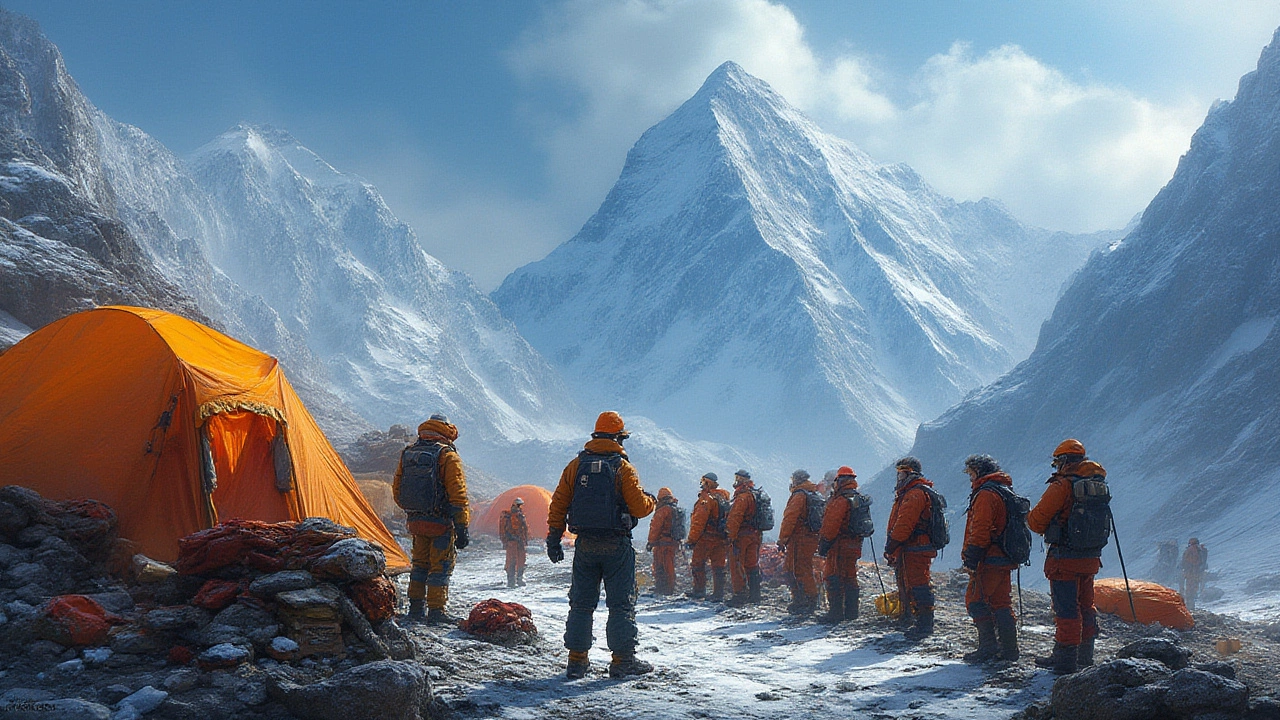SEARCH
Travel Permits in India: Essential Guide for Every Explorer
If you’re planning a trek, a wildlife safari, or a visit to a protected area in India, you’ll soon discover that permits are part of the journey. Without the right paperwork, you could be turned away at the gate, lose money, or even face a fine. This guide breaks down the most common permits, where to get them, and how to keep the process smooth.
First off, know which permit you need. A trek like Roopkund, Valley of Flowers, or the frozen lakes of Ladakh requires a trekking permit from the state tourism office. Wildlife reserves such as Kanha, Jim Corbett, or the Andaman tiger zones ask for a forest or wildlife permit. Some coastal areas, like the Gulf of Mannar marine reserve, need a marine sanctuary permit. Finally, high‑altitude regions in Sikkim and Arunachal Pradesh often need a special entry permit that the state government issues.
Where to apply matters. Most state tourism departments have online portals—look for the official .gov.in site for the state you’re visiting. If you’re in a remote area without internet, local forest or tourism offices can issue the permit on the spot, but be ready to wait. Always bring a clear copy of your passport, a recent photo, and details of your itinerary. Fees are usually modest, ranging from INR 200 for a day trek to INR 2,000 for multi‑day wildlife entry.
How to Get Permits Quickly
Start the application at least two weeks before your trip. Submit everything digitally if the portal allows; it cuts down waiting time. Keep a digital copy of the approved permit on your phone and print a hard copy to show authorities. If a local office asks for extra documents, respond promptly—delays are often just paperwork bottlenecks.
Using a reputable travel agency can help, but beware of extra fees. Many agencies charge a service charge that adds up. If you’re comfortable navigating government sites, you’ll save money and get the permit directly.
Common Mistakes and How to Avoid Them
Skipping the permit because you think it’s optional is the biggest error. Guards at trailheads check permits rigorously, especially in protected zones. Another pitfall is using an expired passport; the permit will be rejected. Also, don’t forget to check if you need a separate permit for camping or night treks—some areas treat those as separate activities.
Finally, always carry a copy of the permit with you, even if you’ve shown it online. A lost paper copy can cause a hassle, and officials may ask for proof before letting you continue.
Bottom line: permits are a small step that protects the environment and ensures a hassle‑free adventure. Follow these tips, apply early, and you’ll spend more time enjoying India’s incredible landscapes than waiting in lines.

Everest Climb Cost Breakdown: Why Mount Everest Expeditions Are So Expensive
Discover the detailed reasons climbing Mount Everest costs around $40,000, including permits, guides, logistics, and hidden expenses, with smart tips to plan your ascent.
Continue reading